
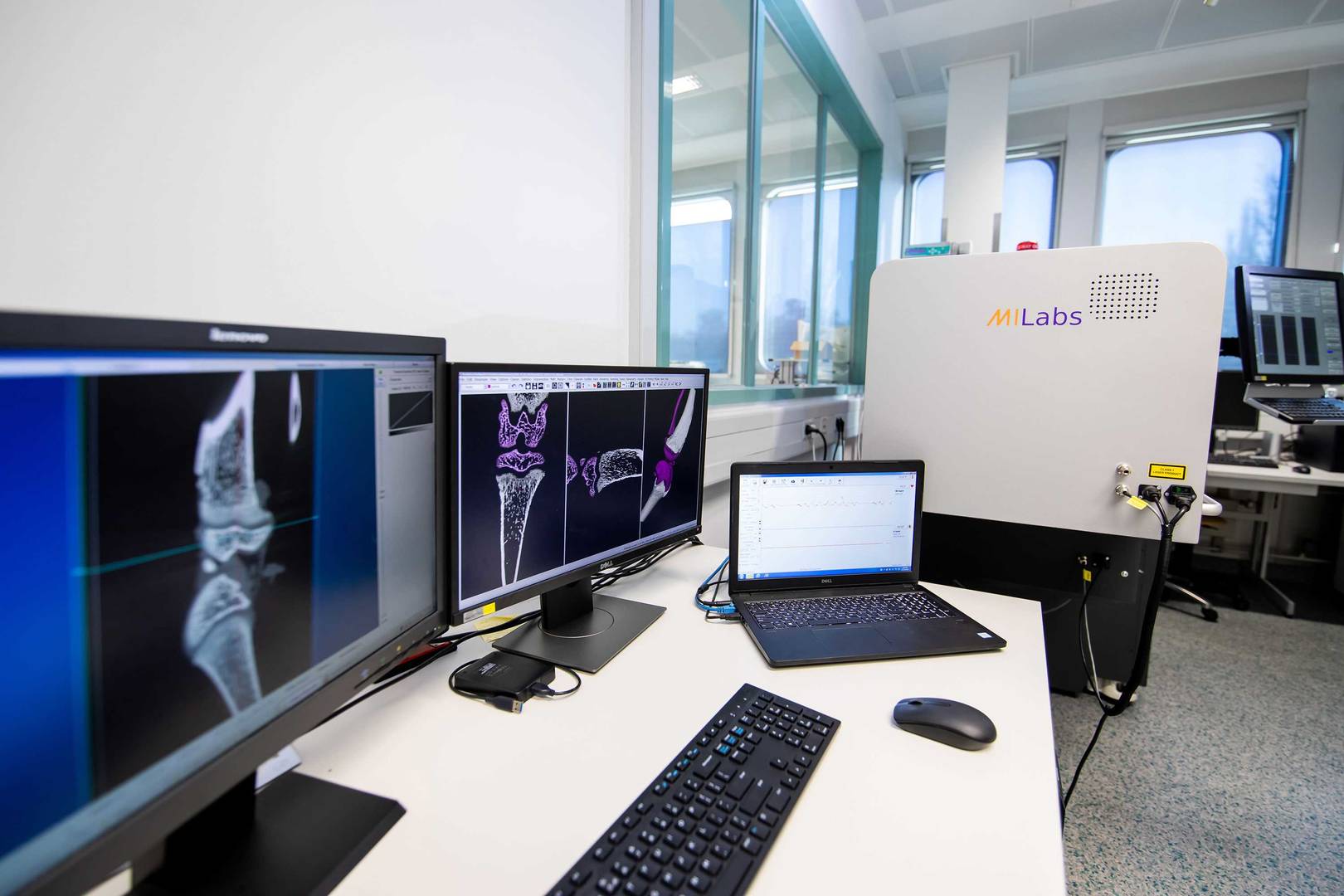
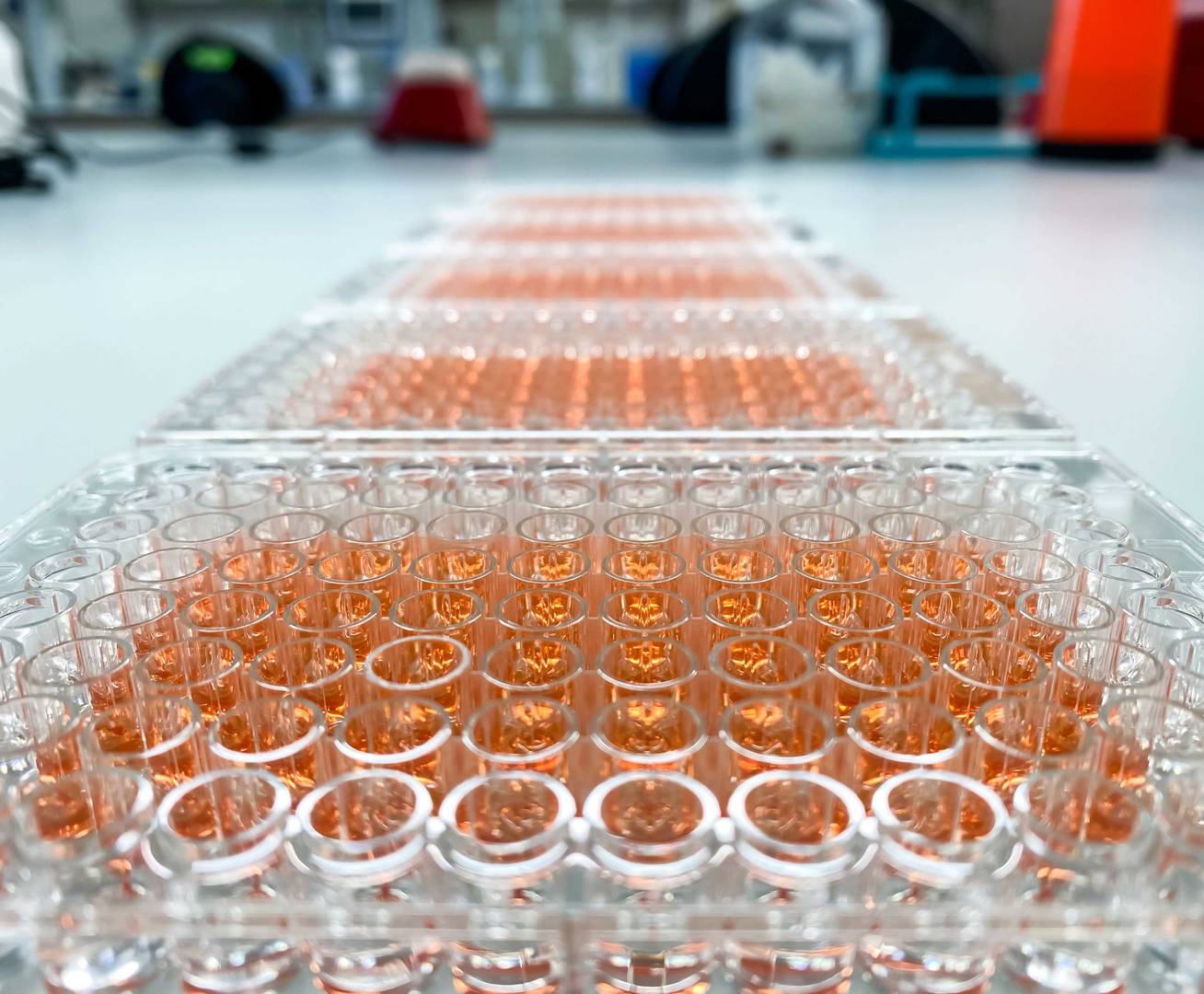

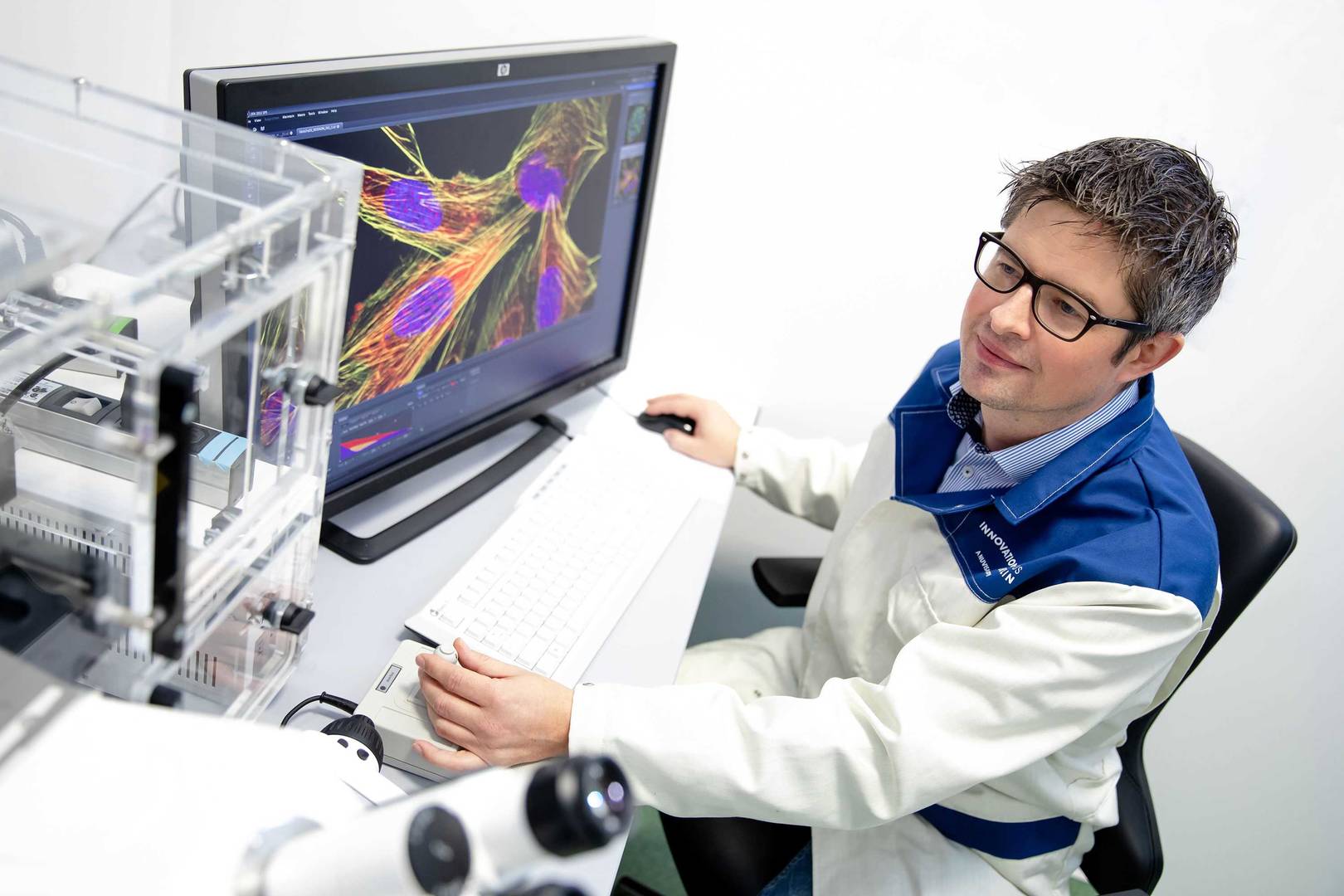
Our experienced scientists collaborate with your team using advanced functional genomics and in vitro/in vivo assay platforms. This enables us to identify, validate and deconvolute disease-relevant targets, providing a strong foundation for your drug discovery and development.
learn more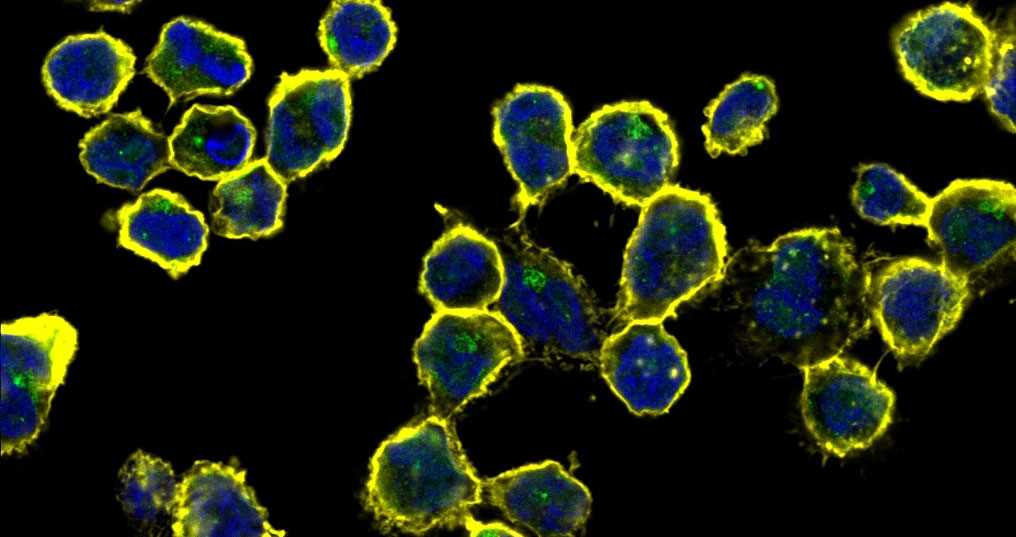
Cell-based assays are crucial for drug discovery and development, providing a realistic biological context. Our biology team offers disease-relevant in vitro and in vivo models to identify leads and targets, including high-throughput formats using specialised chemical libraries. Additionally, these models help determine the structure-activity relationships of drug candidates, validate signaling pathways and mechanisms of action and identify biomarker candidates to support the success of the project.
learn more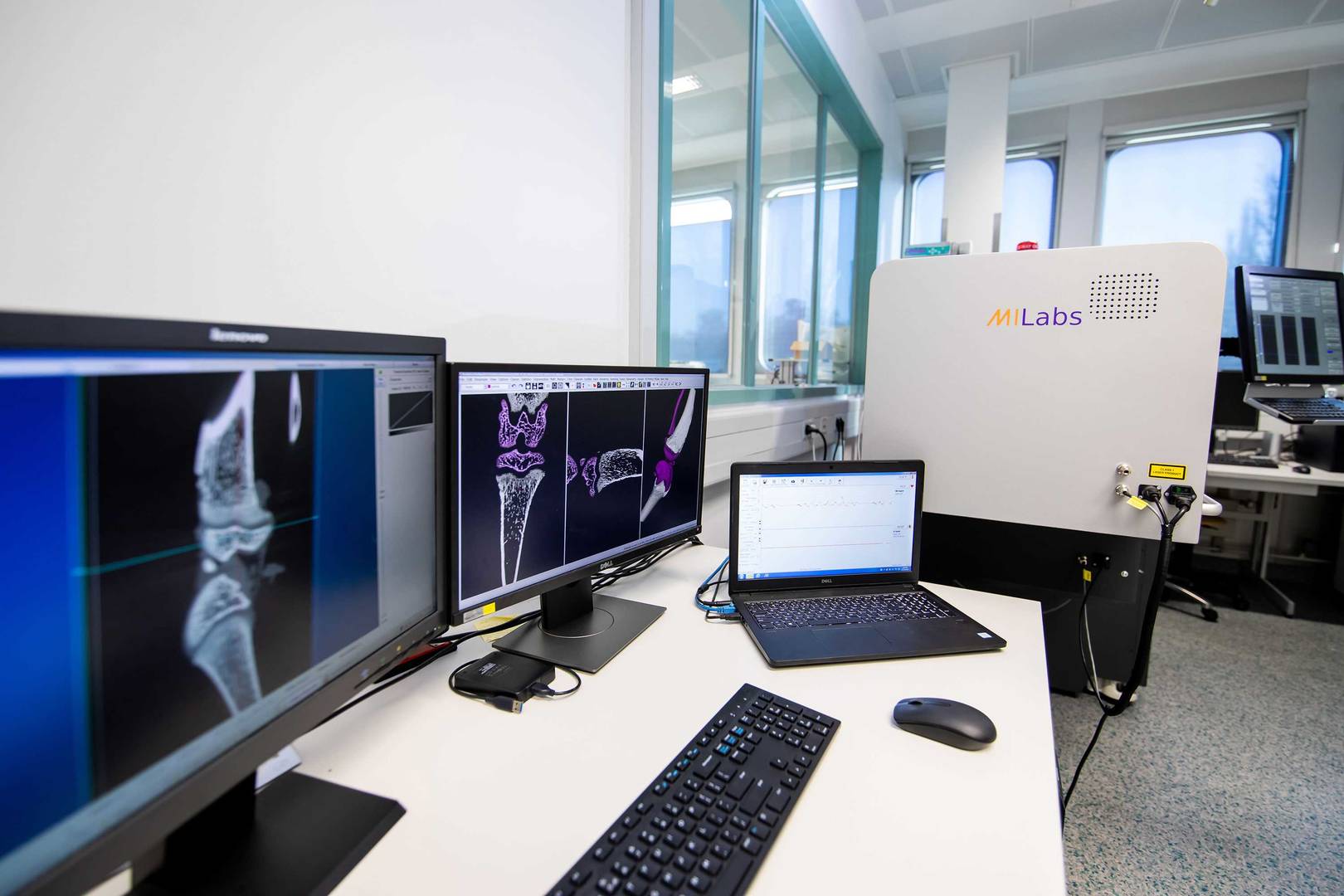
Assessing efficacy and pharmacokinetics in living organisms, in vivo pharmacology helps provide insights into drug interactions, metabolism and excretion, while identifying potential biomarkers and side effects. We offer disease-relevant models for various indications and provide in vivo biodistribution studies for lipid nanoparticles and adeno-associated viruses.
learn more